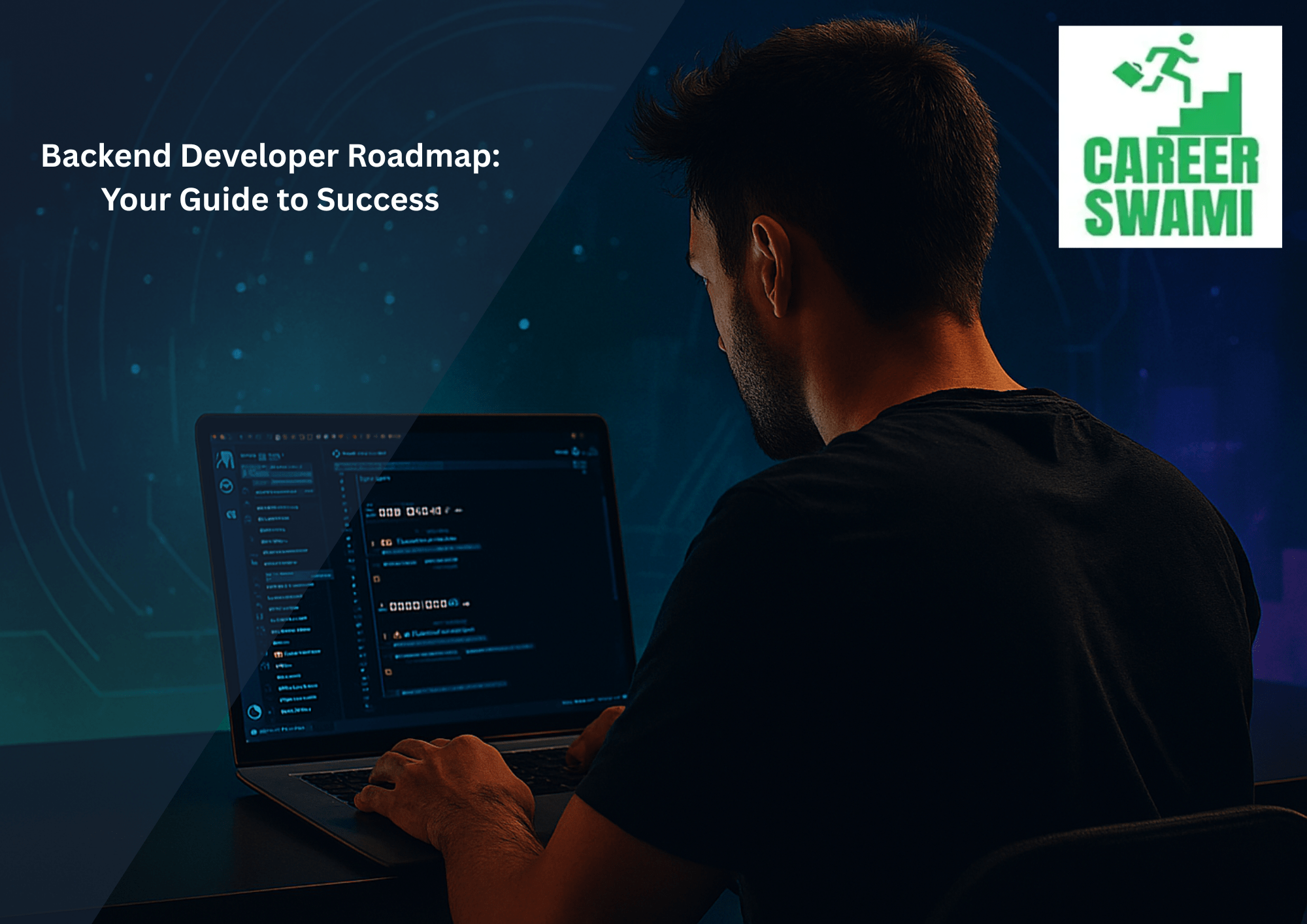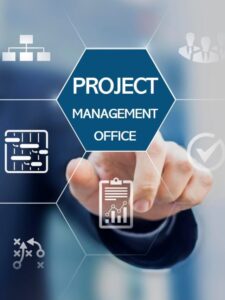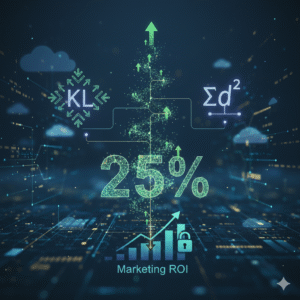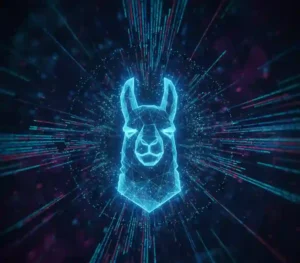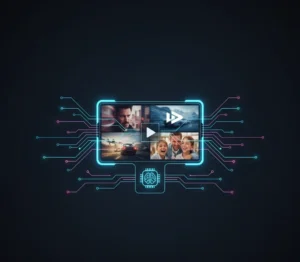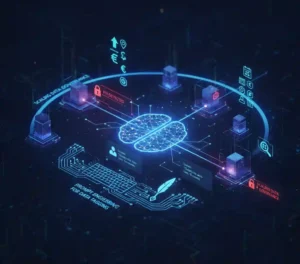Why the Backend Developer Roadmap Matters Now More Than Ever
Imagine you’re the architect behind a bustling digital city. Users see the shiny buildings—the apps and websites—but you handle the underground infrastructure: servers, databases, and logic that keep everything running smoothly. That’s backend development in a nutshell. If you’ve ever wondered how data flows seamlessly from a user’s click to a personalized recommendation, you’re tapping into the world of server-side programming.
In 2025, the demand for backend developers is skyrocketing. According to Stack Overflow’s 2024 Developer Survey, backend roles make up over 40% of software job postings. Why? Businesses are scaling up with AI, cloud computing, and real-time apps, all relying on robust backends. But getting started can feel overwhelming. That’s where this backend developer roadmap comes in—a clear path from newbie to pro.
Whether you’re switching careers or leveling up, this guide breaks it down. We’ll cover essential backend developer skills, how to become a backend developer, and key backend technologies. Let’s dive in and turn your curiosity into a career.
Table of Contents
What Is Backend Development? Breaking Down the Basics
Backend development is the engine room of any application. It focuses on server-side programming, where you write code that handles data storage, user authentication, and business logic—away from the user’s view.
Think of it like this: When you order food via an app, the frontend shows the menu, but the backend processes your payment, updates inventory, and notifies the kitchen. Without it, nothing happens.
Current trends show a shift toward microservices and serverless architectures. Gartner predicts that by 2025, 95% of new digital workloads will deploy on cloud platforms, emphasizing scalable backends. If you’re eyeing backend developer skills, start here: Understand how servers communicate with clients via APIs, manage databases, and ensure security.
Real-world example: Netflix’s backend handles millions of streams daily using Java and AWS, optimizing for speed and personalization. As a beginner, grasping these concepts sets the foundation for your backend development guide.
How to Become a Backend Developer: A Step-by-Step Journey
Becoming a backend developer isn’t about memorizing code—it’s about building systems that solve problems. Here’s a practical backend developer roadmap tailored for 2025.
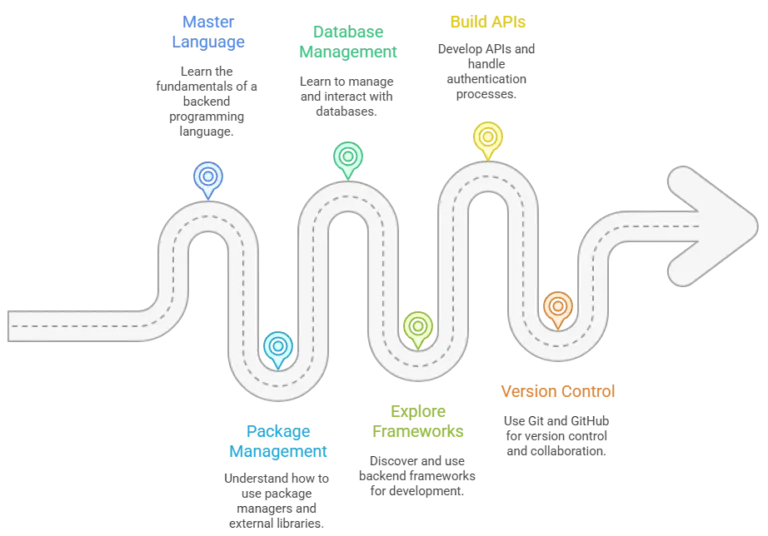
Step 1: Master a Backend Programming Language
Pick one language and go deep. Popular choices include Python for its simplicity, Java for enterprise scalability, Go for performance, or Ruby for rapid development.
Why start here? Languages form the core of backend technologies. For instance, Python’s popularity surged 20% in 2024 per PYPL Index, thanks to its use in AI backends.
Tip: Spend 2-3 months on basics like variables, loops, and functions. Then, tackle intermediate topics like object-oriented programming.
Example: Build a simple command-line app that calculates user stats from input data.
Step 2: Learn Package Management and External Libraries
Once comfortable, explore your language’s package manager—pip for Python, Maven for Java, or Go modules.
This step unlocks backend frameworks and tools. Install libraries like requests for HTTP handling or SQLAlchemy for database interactions.
Case study: A junior developer at a startup used npm (for Node.js) to integrate Stripe for payments, cutting development time by 50%. Practice by creating a project that pulls data from an external API.
Step 3: Dive into Database Management for Backend
Databases are the backbone of data persistence. Start with relational ones like PostgreSQL for structured data.
Learn CRUD operations: Create, Read, Update, Delete. Query basics with SQL: SELECT * FROM users WHERE age > 25.
Trends: NoSQL databases like MongoDB are rising for flexible schemas, used in 30% of apps per DB-Engines Ranking. Tip: Set up a local database and build a user registration system.
Step 4: Explore Backend Frameworks
Frameworks speed up development. For Python, try Django or Flask; Java has Spring, Go offers Gin.
They handle routing, middleware, and more. Example: Use Flask to create a blog backend where users post articles stored in a database
Statistics: 70% of backend devs use frameworks, per JetBrains’ State of Developer Ecosystem 2024, boosting productivity.
Step 5: Build APIs and Handle Authentication
API development is crucial—RESTful APIs are the standard for communication.
Learn HTTP methods: GET for fetching, POST for creating. Implement auth with JWT or OAuth.
Real scenario: In e-commerce, a backend API secures user sessions, preventing unauthorized access. Project idea: Create a todo-list API with login/logout features.
Step 6: Version Control with Git and GitHub
Don’t skip this. Git tracks changes; GitHub hosts repos for collaboration.
Tip: Commit often with meaningful messages. Join open-source projects to build your portfolio.
By now, you’re ready for entry-level roles.
Essential Backend Developer Skills
Beyond basics, hone these backend developer skills to stand out.
- Server-Side Programming Expertise: Focus on concurrency and error handling. Go excels here for high-traffic apps.
- Backend Programming Languages: Diversify after mastering one. Node.js (JavaScript) is hot for full-stack devs, powering 40% of web apps.
- Backend Frameworks Mastery: Know when to use monolithic vs. microservices. Example: Express.js for quick prototypes.
- Database Management for Backend: Advanced SQL, indexing, and ORM tools like Prisma.
- API Development Best Practices: Secure endpoints, rate limiting. Tools like Postman for testing.
- Cloud and DevOps Basics: AWS, Docker, Kubernetes. 80% of enterprises use cloud, per Flexera 2024 report.
- Security and Performance: Protect against SQL injection; optimize queries.
Integrate soft skills: Problem-solving through debugging, teamwork via code reviews.
Trends in Backend Technologies
Backend technologies evolve fast. Serverless computing, like AWS Lambda, reduces infrastructure management—adoption up 75% since 2022.
GraphQL over REST for efficient queries; WebSockets for real-time (e.g., chat apps).
AI integration: Backends now process ML models. Example: Using TensorFlow.js in Node for recommendation engines.
Sustainability: Green coding trends aim to cut energy use by 30% in data centers.
Stay ahead: Follow blogs like The New Stack for insights.
Building Projects: Hands-On Learning for Backend Development
Theory alone won’t cut it. Projects reinforce learning backend development.
- Beginner: Simple CRUD app with Python and SQLite.
- Intermediate: REST API for a bookstore using Django and PostgreSQL.
- Advanced: Microservices e-commerce backend with Docker.
Tip: Deploy to Heroku or Vercel. Showcase on GitHub—recruiters love portfolios.
Case study: A self-taught dev landed a job at Google by building a scalable API project, demonstrating real-world application.
Preparing for Backend Developer Interview Questions
Interviews test depth. Common backend developer interview questions:
- Explain REST vs. GraphQL.
- How do you handle database migrations?
- Describe JWT authentication flow.
- Optimize a slow query.
- Difference between SQL and NoSQL.
Practice on LeetCode or HackerRank. Mock interviews help.
Statistic: 60% of hires come from referrals—network on LinkedIn.
FAQs
What is the best backend developer roadmap for beginners in 2025?
Start with Python basics, then databases and APIs. Build projects early.
How to become a backend developer without a degree?
Focus on self-learning via free resources like freeCodeCamp. Portfolio trumps credentials—aim for internships.
Top backend programming languages for 2025?
Python, Java, Go. Python leads for its ecosystem in AI-driven backends.
Backend frameworks comparison: Django vs. Express.js?
Django for full-featured apps; Express for lightweight, flexible ones.
Database management for backend: SQL vs. NoSQL tips?
Use SQL for transactions (e.g., banking); NoSQL for scalability (e.g., social media).
API development tutorial for beginners?
Start with REST principles: Design endpoints, handle errors, test with tools like Insomnia.
Backend developer skills checklist for job applications?
Languages, frameworks, databases, Git, cloud basics, problem-solving.
Backend technologies trends 2025?
Serverless, edge computing, AI APIs.
Conclusion: Start Your Backend Developer Roadmap Today
You’ve got the blueprint—this backend developer roadmap equips you for 2025’s challenges. From picking a language to acing interviews, every step builds momentum. Remember, consistency wins: Code daily, build projects, seek feedback.
Ready to launch? Grab a laptop, follow these steps, and watch your career take off. What’s your first move—learning Python or sketching an API? Share in the comments, let’s build together.

